
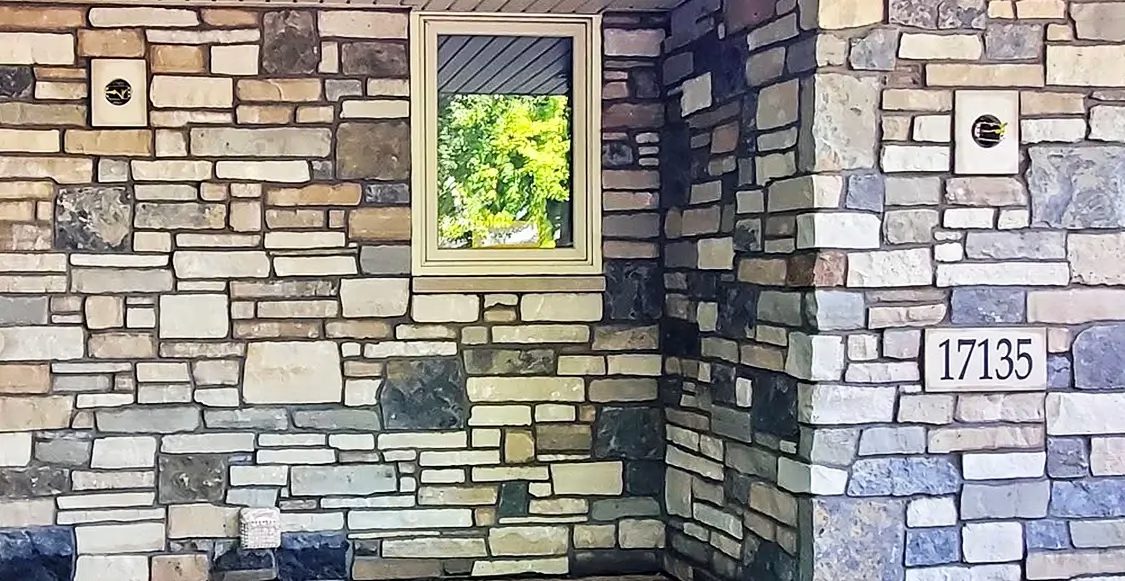
Masonry
We service Minneapolis, Shoreview, Wayzata and the greater Twin Cities area with high-quality masonry and stone work, ensuring every job is handled by trustworthy professionals. Call or get a quote online to receive your free masonry quote today!
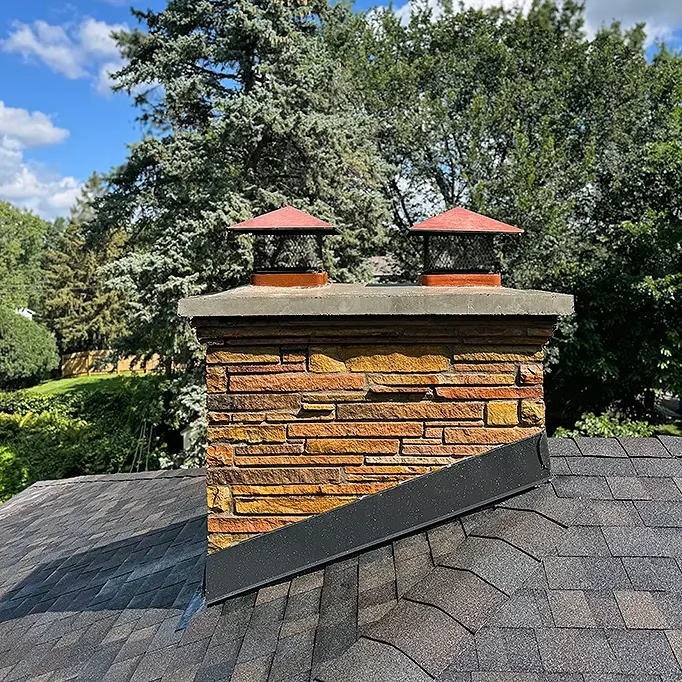
From small repairs to complete rebuilds, we specialize in restoring your chimney’s structural integrity and functionality. We provide top-quality services in Minneapolis, Shoreview and nearby areas such as brick restoration, waterproofing, chimney sweep, liner and cap installations, and much more.

A range of solutions to ensure that your fireplace is both beautiful and functional. Our team specializes in custom brickwork, firebox repair, chimney tuckpointing, stainless steel liner replacement, selective brick restoration, fireplace cleaning and other masonry detailing in Minneapolis and the greater Twin Cities area.

Custom design & installation of brick, stone, and concrete structures including fireplaces, & more. Whether you need masonry repairs, restoration, or a completely new project in the Minneapolis area, we have the experience and expertise to get the job done right.
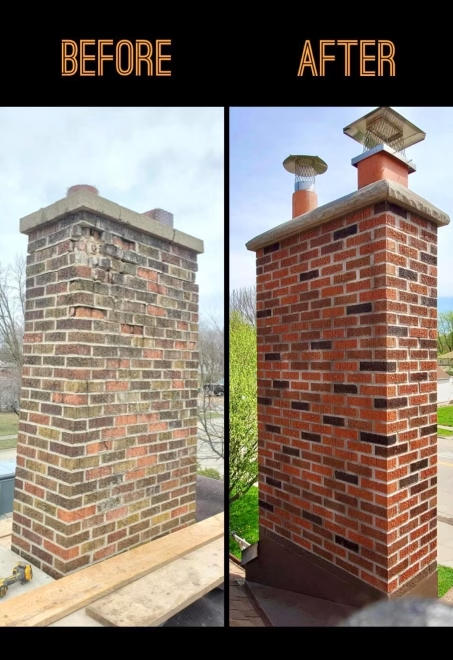
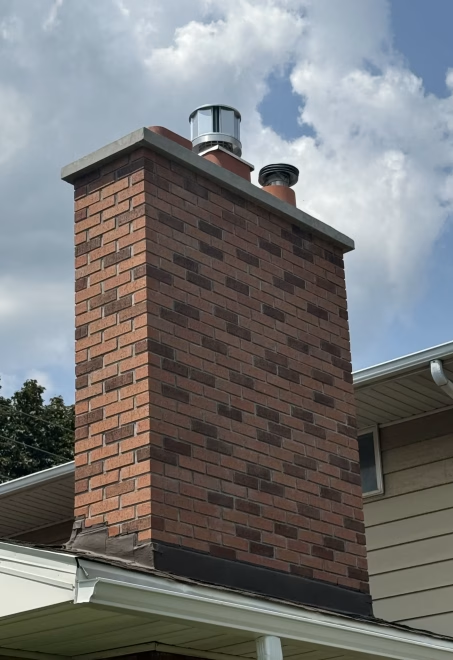


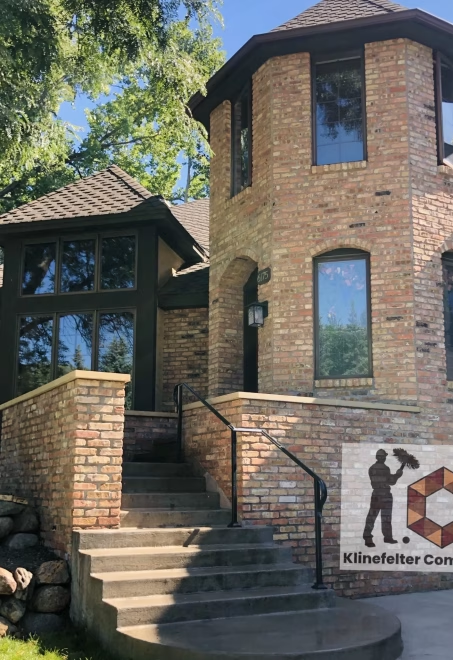
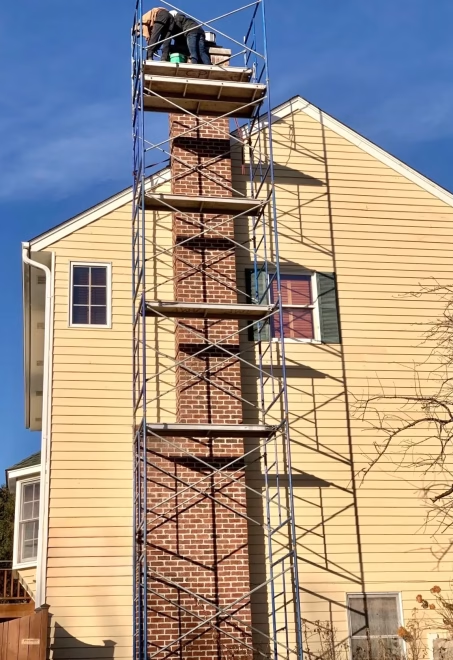
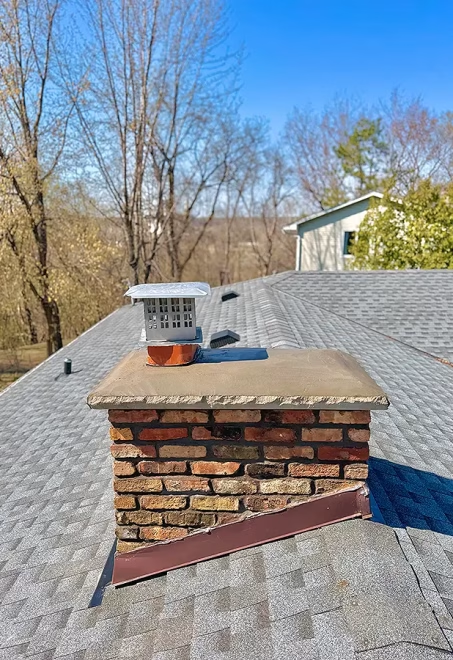
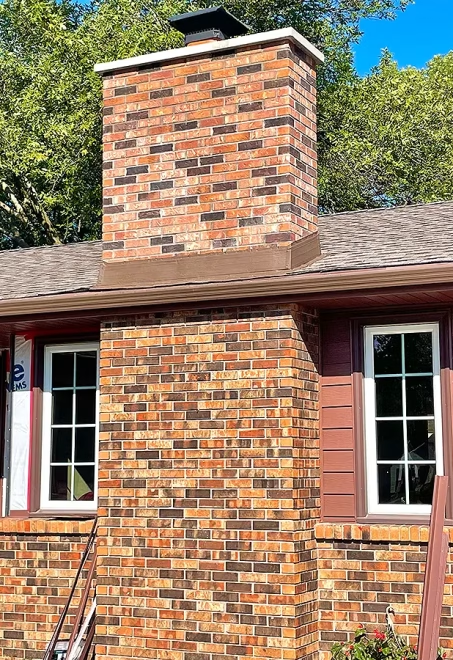

The most frequent masonry issues homeowners in Minnesota encounter include cracked chimney crowns, deteriorated mortar joints, water infiltration, damaged chimney liners, brick spalling (surface flaking), white staining (efflorescence), and dangerous creosote accumulation in wood-burning systems. These problems often compound each other—for example, water damage can accelerate mortar deterioration, making early intervention crucial for cost-effective repairs.
Creosote is a highly combustible, tar-like substance that forms when wood smoke condenses on cool chimney surfaces. This sticky residue is extremely flammable and responsible for thousands of house fires annually. Beyond fire risk, creosote produces toxic fumes and can corrode metal components. The buildup rate depends on factors like wood moisture content, burning temperature, and air supply—making regular professional cleaning non-negotiable for wood-burning fireplaces.
Watch for these warning signs: deteriorating or missing mortar between bricks, visible cracks in the chimney structure, water stains on walls or ceilings near the fireplace, rust on the damper or firebox, white staining (efflorescence) on exterior masonry, loose or damaged bricks, and unusual odors or smoke entering your home. Additionally, if you notice animals or birds in your chimney, or if the chimney cap is damaged or missing, schedule an inspection immediately.
The extent of damage determines the appropriate solution. Surface-level issues like minor cracks, loose mortar, or isolated brick damage can usually be repaired cost-effectively. However, structural problems such as significant foundation settling, widespread spalling, severely compromised mortar throughout the structure, or major water damage may require partial or complete reconstruction. A qualified mason can assess the damage and recommend the most economical long-term solution.
A chimney liner is a protective conduit that runs the full height of your chimney, shielding the masonry walls from heat, moisture, and corrosive combustion byproducts. Modern building codes require liners because they significantly reduce fire risk, prevent dangerous gas leaks (including carbon monoxide), improve draft efficiency, and protect your home’s structure. Clay tile, stainless steel, and cast-in-place liners each offer specific advantages depending on your heating system and chimney configuration.
We provide professional masonry and chimney services throughout the Twin Cities, including Minneapolis, St. Paul, Roseview, Shoreview, and Wayzata. Our team is familiar with local building styles and Minnesota’s weather conditions, ensuring every project—whether it’s brick repair, chimney restoration, or stonework—is built to last in our climate.